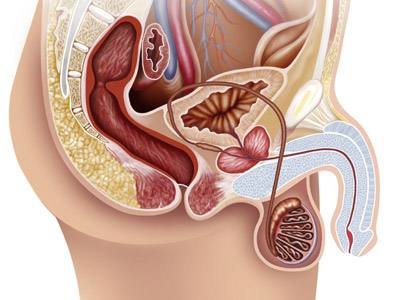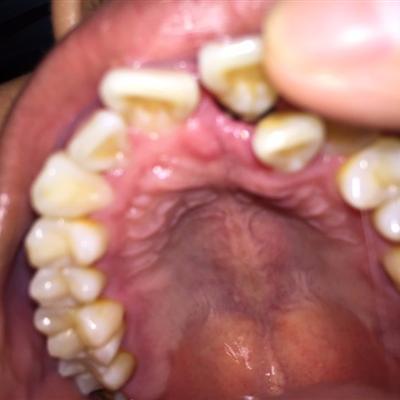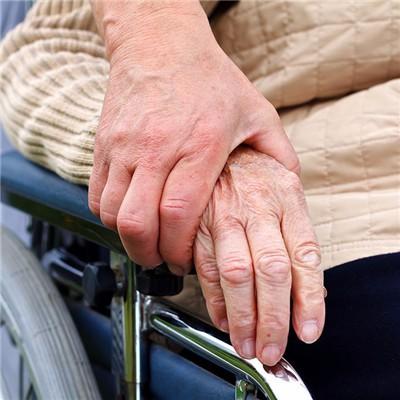How to treat strawberry tongue
summary
Scarlet fever is an acute respiratory infectious disease caused by group a hemolytic streptococcus. Its clinical features include fever, pharyngitis, strawberry tongue, diffuse red skin rash all over the body, and flake peeling after rash regression. A few children developed rheumatic fever or acute glomerulonephritis 2-3 weeks after the disease, And pure strawberry tongue may also be caused by zinc deficiency. How to treat strawberry tongue.
How to treat strawberry tongue
The first is to manage the patients and carriers of infection and isolate them for 6-7 days. It is suggested that penicillin treatment for 2 days can make about 95% of the patients' throat test negative, and then they can be discharged. When children's institutions or recruits find patients, they should be quarantined until the last patient has been ill for one week. The isolation period should be prolonged if the pharyngeal culture is continuously positive.

Second: cut off the route of transmission during the epidemic, children should avoid to public places, housing should pay attention to ventilation. Patients with suspected scarlet fever, angina and carriers should be treated with isolation.

Third: to protect the vulnerable, drug prevention can be used as appropriate for children's institutions, troops or other necessary groups. If penicillin G benzathine is used, it can be protected for 30 days in children (600000-900000 μ) and adults (1200000 μ). Or sulfadiazine 1 g per day or sulfadoxinum 0.5 g per week.

matters needing attention
1. Purulent complications can be caused by the direct invasion of the disease pathogen or other bacteria to nearby tissues and organs. Common such as otitis media, mastoiditis, sinusitis, neck soft tissue inflammation, cellulitis, pneumonia, etc. Due to the early application of antimicrobial therapy, such complications have been rare. 2. Toxic complications are caused by various biological factors of bacteria, which are more common in the first week. Such as toxic myocarditis, pericarditis, etc. Most of the lesions were transient and had a good prognosis. 3. Allergic complications are common in the recovery period, including rheumatoid arthritis, myocarditis, endocarditis, pericarditis and acute glomerulonephritis. When complicated with acute glomerulonephritis, the disease is usually mild, mostly self-healing, rarely turning into chronic.











